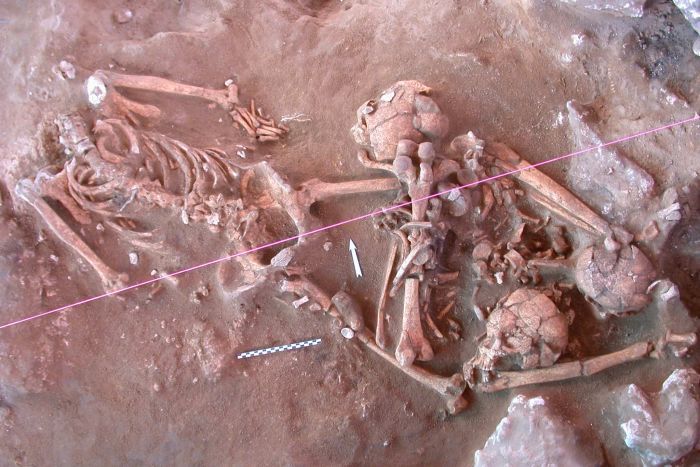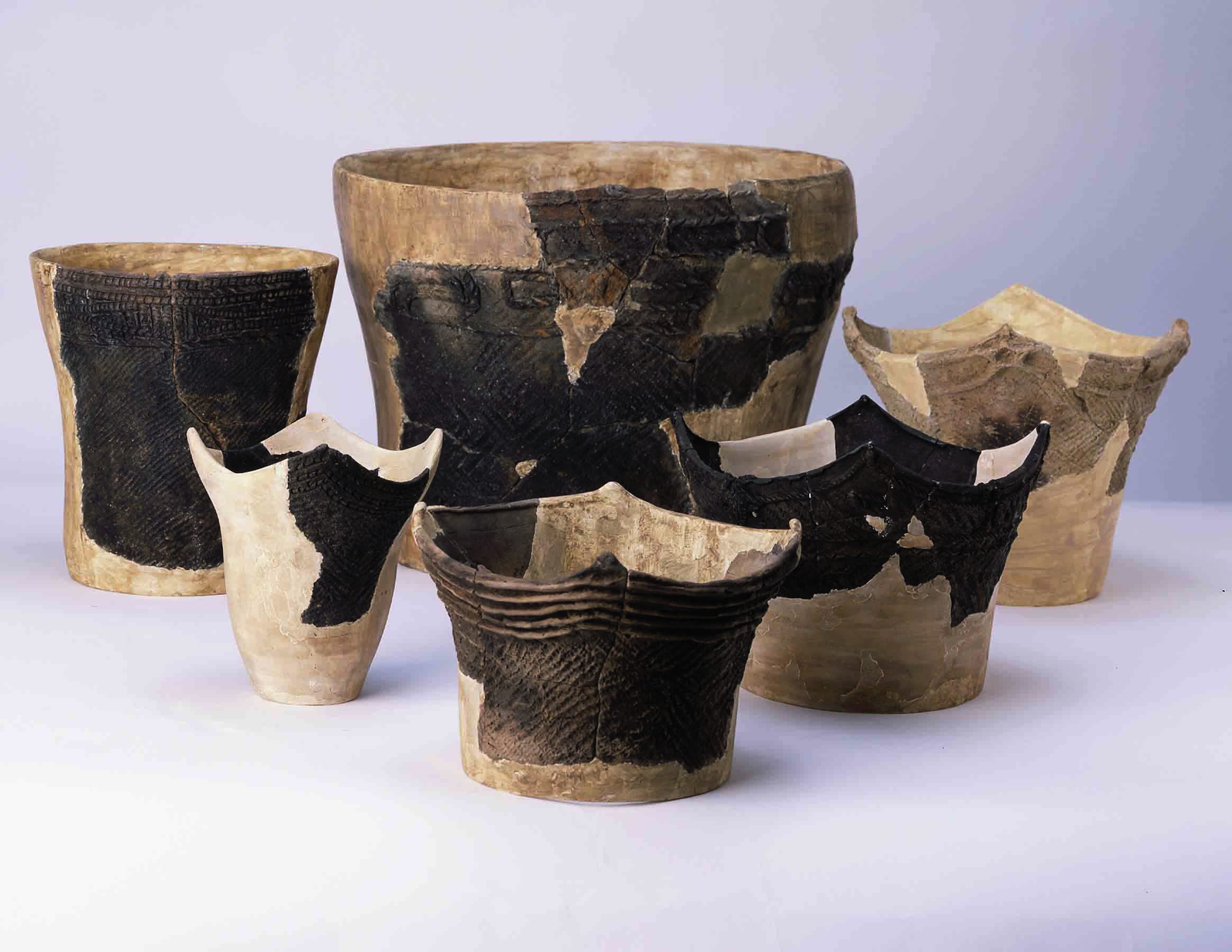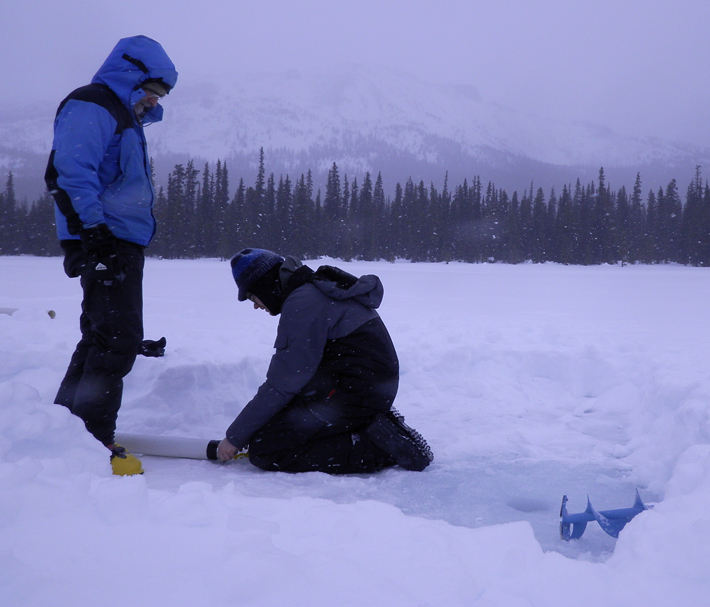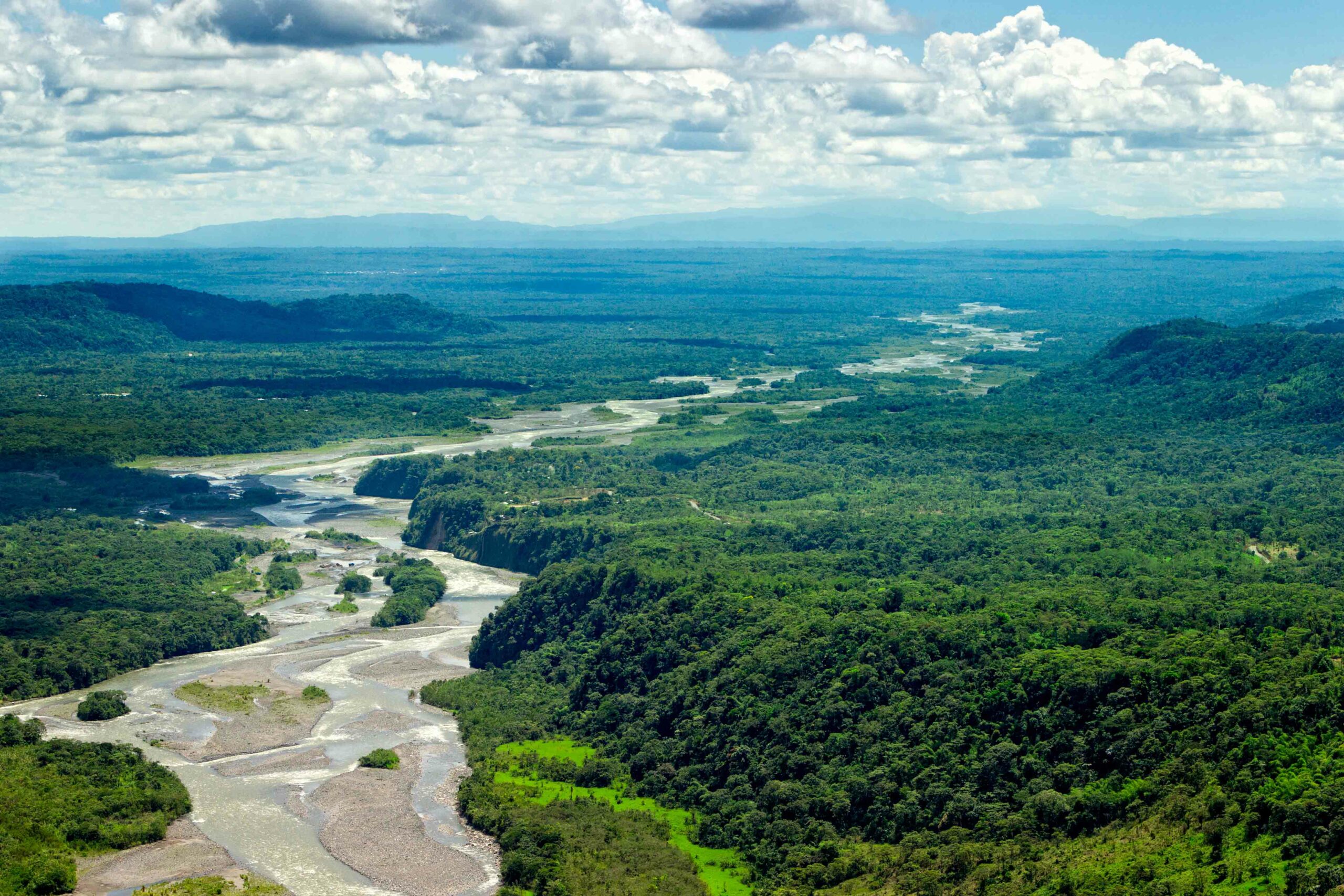
NANTERRE, FRANCE—A study of the few skulls found among the mostly headless skeletons discovered in 68 graves in a 3,000-year-old Lapita cemetery in Vanuatu suggests that the first Polynesians migrated from Southeast Asia and into Polynesia with little mixing with others. Frédérique Valentin of France’s National Center for Scientific Research, and Matthew Spriggs of Australian National University, led a team that compared the skulls from the Teouma cemetery with skulls from Asia and other places in the South Pacific. “What we’re able to show is that in fact, for places like Vanuatu and New Caledonia and Fiji, they do arrive before there’s anybody else here,” Spriggs told Australia's ABC News. Melanesians came to Vanuatu at a later period. “People in the New Guinea and Solomons area [are] also jumping on these Lapita canoes and getting excited by the culture and travelling to new parts. Over time, and this is just over the first couple of hundreds of years in Vanuatu, the appearance of people changes from looking like Polynesian people look today, to looking like Melanesian people today,” he said. DNA from the Vanuatu skeletons could shed further light on the ancestry of the Polynesians. To read more about Polynesia, go to "Inside Kauai's Past."











